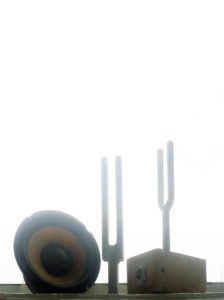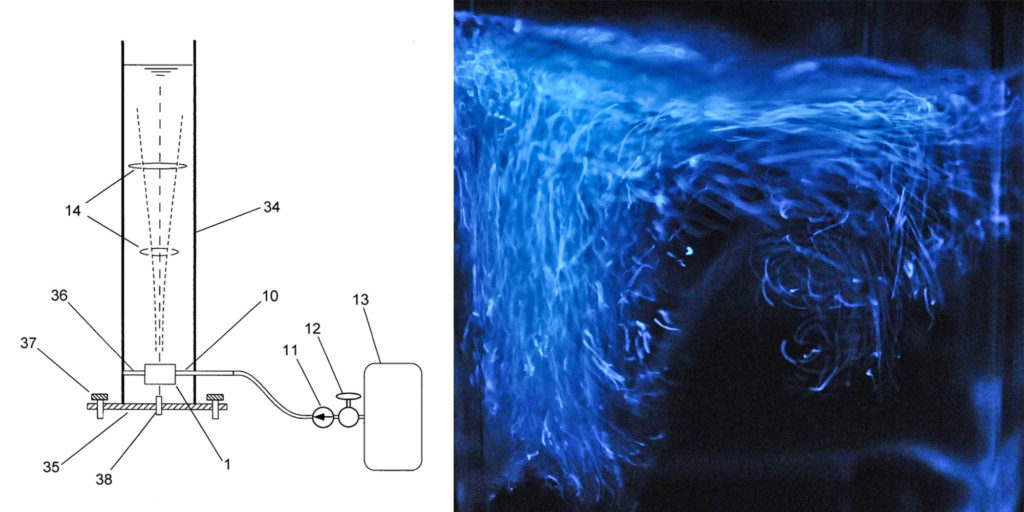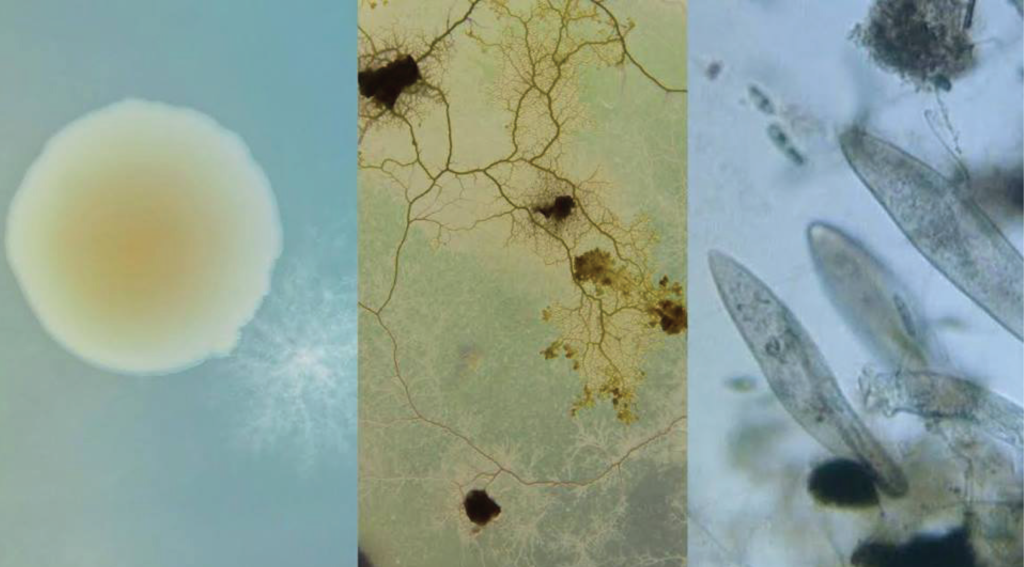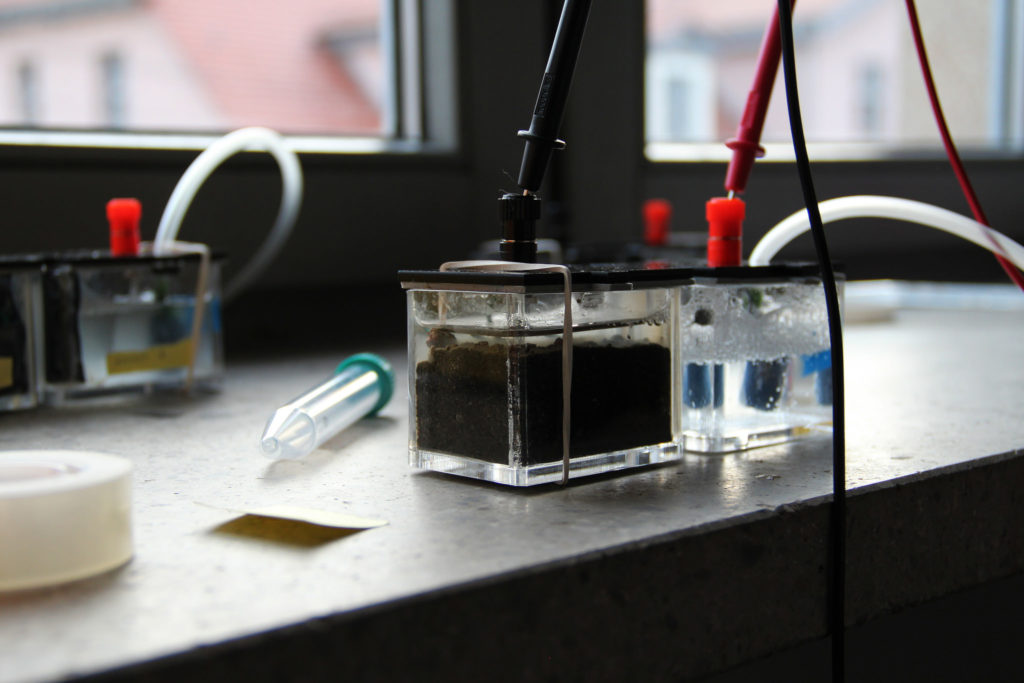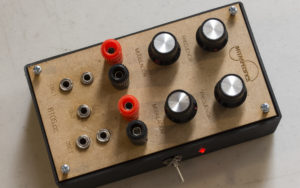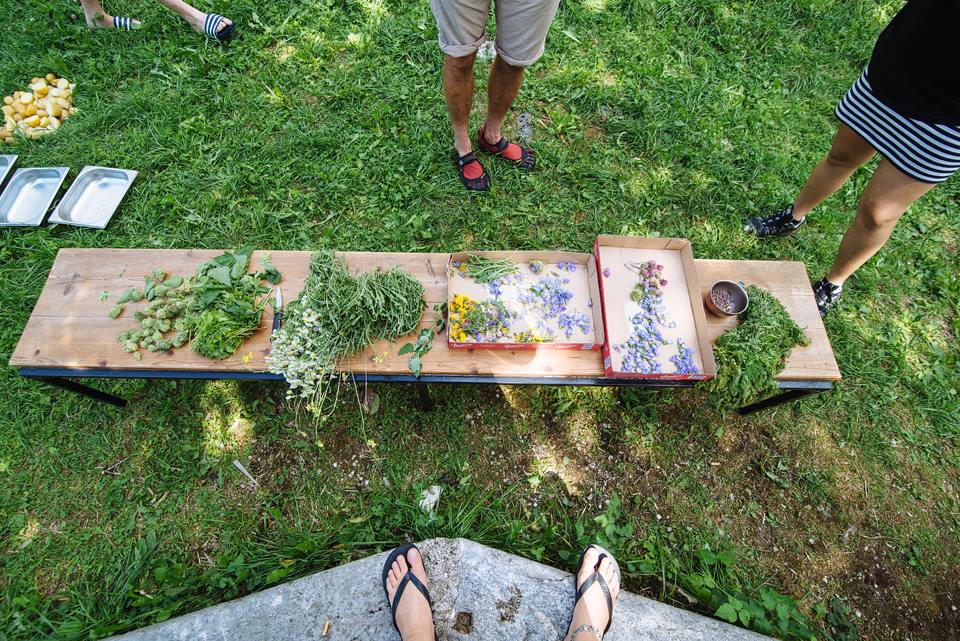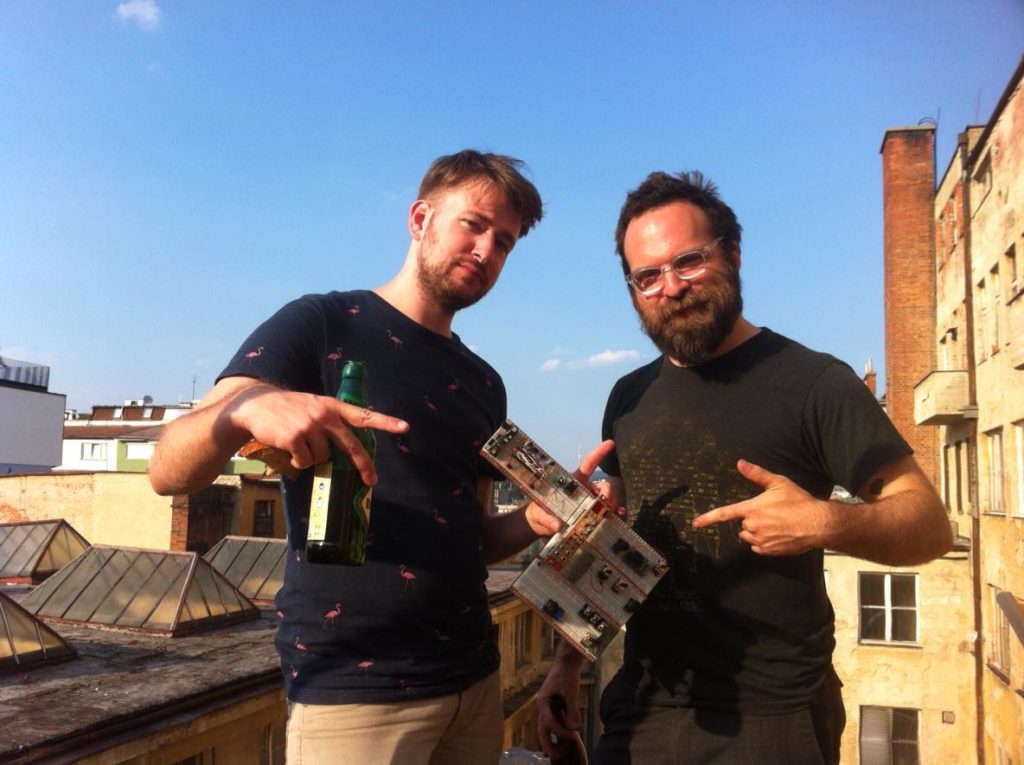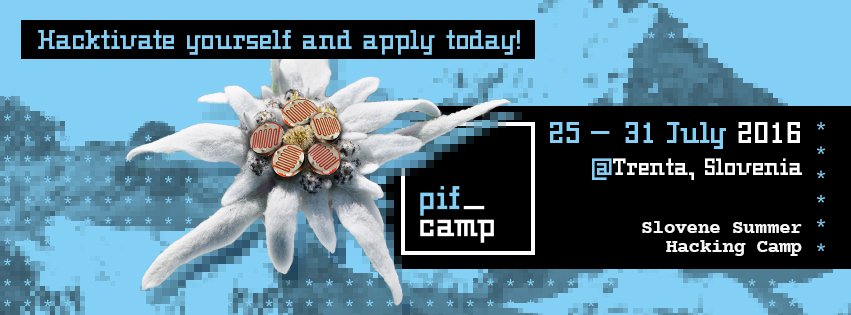Hannah Perner-Wilson has been working on A Wearable Studio Practice project since 2015. The project packages the work environment of a typical Electronic Textiles studio into a series of portable items that can be worn or carried on the body. Providing the functionalities normally contained in static furniture and the architectural infrastructure of the studio/lab, these items allow the electrical engineer to become nomadic in her or his practice.
Now is a perfect time for electrical engineers to become mobile with their practice. It’s not just electronic parts that have become smaller and smaller, but also many of the tools used in electrical engineering (power supply, multimeter, oscilloscope, programmers… ) have become more compact and portable. Many practices closely related to hardware such as software/programming and CAD/design have been liberated from static infrastructures because laptop computers – their primary tools – are powerful and lightweight. Co-working spaces and FabLabs offer temporary workspaces all over the world. There is an awareness of the benefits of local production and site-specific development.
More about the project is available here.

